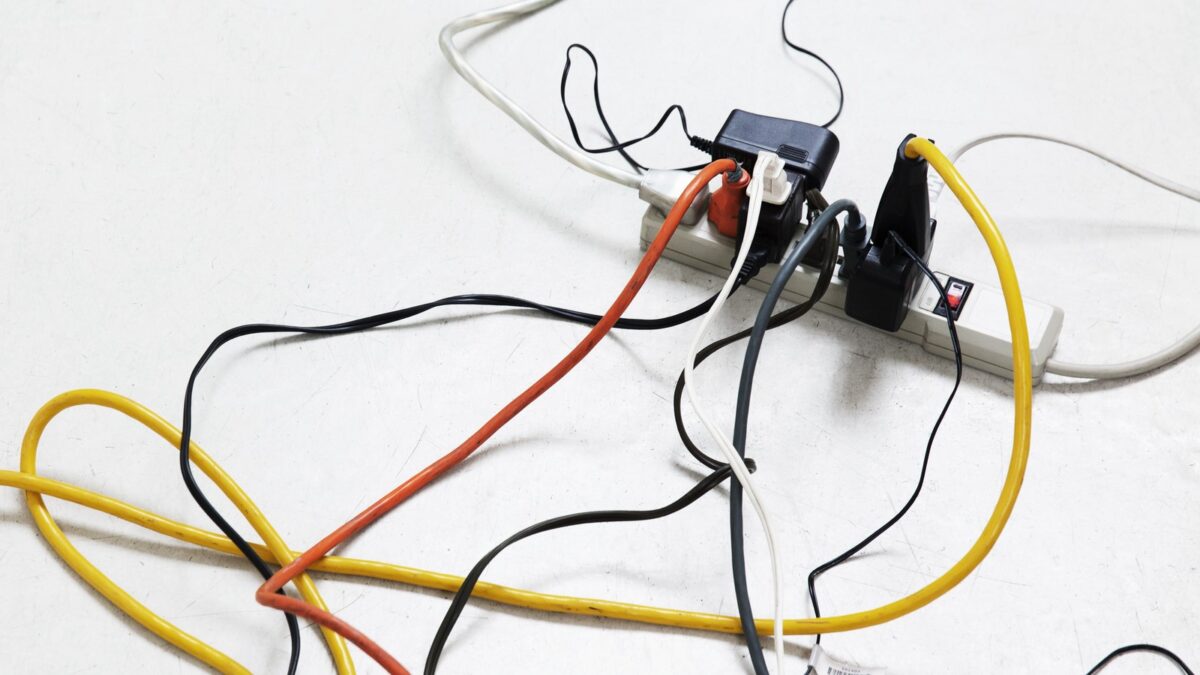
Creating a better understanding of surge protectors
A surge suppressor, often overly optimistically referred to as a “surge protector,” is a device installed in the ac signal (AC) power line and/or phone line to guard against transient voltage “spikes” (also known as surges) that can harm electronic equipment. The word “transient suppressor” is a better description of this kind of gadget. A basic surge suppressor consists of a tiny box with several utility plugs, an energy controller, and a 3-wire connection for connecting to a wall outlet. Protecting your appliances and computer equipment against power surges and the harm they inflict is crucial as summer storms approach. Surge protectors are one of the greatest ways to achieve this. But what exactly are surge protectors and the purpose of a surge protector?
How Do Surge Protectors Work?
The voltage of the power that travels from your outlet to your gadgets might be anything from 0 and 120 volts. A power spike occurs when the voltage reaches that level for only one or two nanoseconds. A power spike lasts for three nanoseconds or longer. This may occur as a result of a lightning strike or when your electric provider switches the power grid. Despite being swift, they are also hazardous. They may even start fires. They can raise the temperature of the wires, harming the socket and the equipment hooked into it. This damage is what a surge guard is intended to guard against. It detects when the voltage is higher than usual and directs the surplus electricity into a neutral wire using the third plug prong (the grounding pin).
Uses for Surge Protectors
Where to utilize a surge protector instead of when is the actual query? Even while not every gadget needs one, those that do should always utilize it. Lamps and other small, inexpensive gadgets can be plugged straight into a wall outlet. Surge protectors should be used with all larger or more significant products, as well as with appliances that demand continuous power, like laptops, printers, tv, and refrigerators. Protect any equipment that would cost a lot of money to replace or that you do not wish to lose in the case of a power surge.
Surge protector versus power strip
Power strip and surge protector are phrases that are sometimes used interchangeably. Both, nonetheless, are distinct from one another. Power strips are reasonably priced and provide a secure way to plug several devices into one outlet. They come with a simple circuit breaker that reduces electricity to prevent overloads, but beyond that, they offer no true defense against voltage spikes or rises. Make sure to get a surge protector rather than a power strip if you want to safeguard your equipment against electrical storms as well as other power spikes.
The Best Surge Protector to Use
When looking for a surge protector, keep the following things in mind:
- Joules. The more joules your surge protector has, the more voltage it can safely handle. The strongest and most durable protection comes from a rating of at least 600 joules.
- Signal Light. The most crucial trait you can get is this one. The indication light will remain on as long as it remains functional. It’s necessary to replace the light when it goes out.
- Voltage clamping. This is the threshold at which your surge protector must operate to begin diverting electricity away from your plugged-in devices. Under 400 volts should be the clamping voltage.
- Response Period The quicker your surge protector responds to electrical surges, the less time the equipment is subjected to them and the longer their lifespan.
- UL Score. Electronic equipment is put to the test by independent product safety agency Underwriters’ Laboratories to see how effectively they work. To ensure good quality and optimum safety, look for a shock protector with something like a high UL certification.
Any area where you put huge, pricey, or necessary appliances needs surge protectors. If you would like to understand further about power electronic interfaces and how to select the finest one for particular needs, a professional electrician team can assist you.
Things to consider while purchasing power surges
- This function prevents your electronics from being harmed in a power surge, which is typically caused by a storm, by diverting sudden voltage rises away from sensitive machinery. Smaller, less obvious power surges can degrade the lifespan of your electronics even without a storm.
- Joules, a unit of energy measurement, are used to grade protection. You should have no just under 2,000 watts of energy for laptops, home theaters, and audio equipment.
- Modern oversized plugs might block the adjacent outlets on a conventional power strip, prohibiting consumers from using it to its maximum potential. In response, new strips either space outlets further apart or let them swivel up to 90 degrees.

